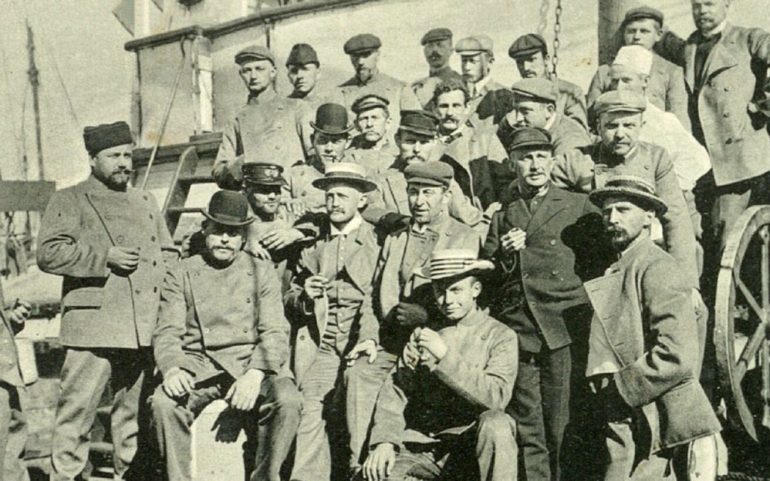He was the last to die on this accursed mission in Greenland.
As he spent his sternal moments in a frozen cave, hungry and frostbitten, he pierced a black mass in his diary. In the last never recorded in the small notebook.
And for more than a century, researchers and historians have been struggling to figure out exactly what this black, amorphous thing was.
But today we know. And better not to learn that is. It was you see the macabre details of how a man who knew he was going to die spent his sternal hours.
The sternal entry in calendar by Jørgen Brønlund reveals that his last moments were not only calm…
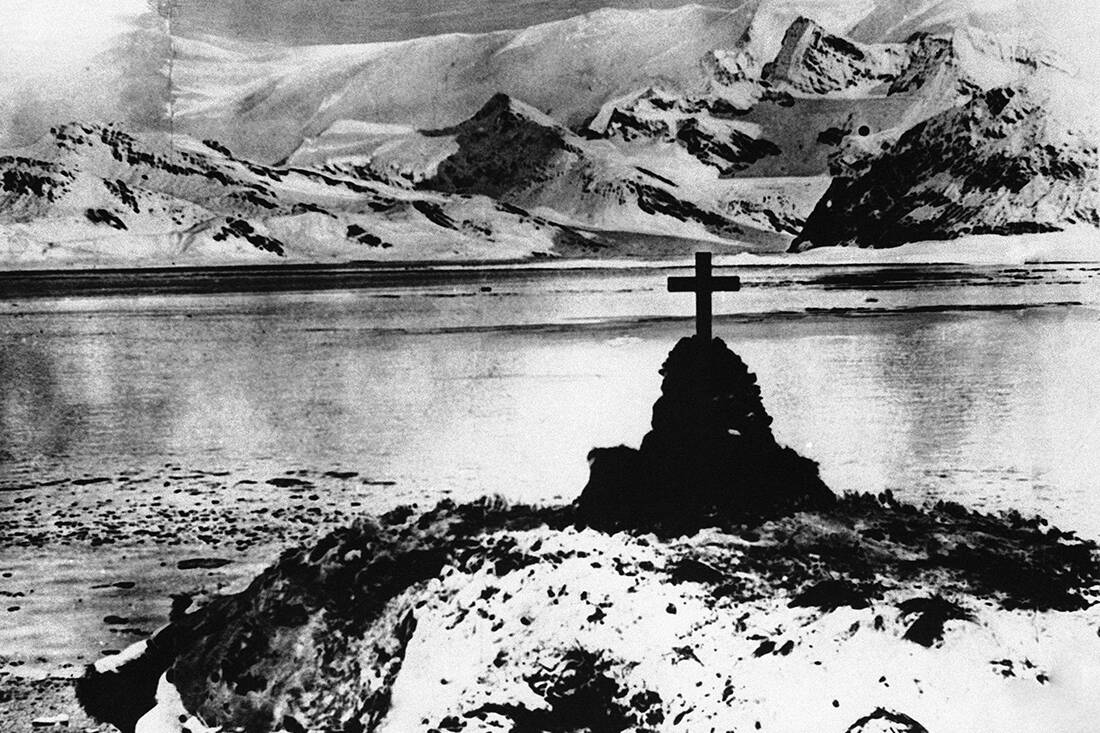
The Danish Mission to the North East Coast of Greenland, as the company's official name was, was a campaign by three polar explorers to reach its "nose" Greenland.
The mission lasted two years, it was supposed to last from 1906-1908, before it expired, however, in 1907 all three of them would have died.
Despite the fact that the death of the main team in creepy conditions overshadowed the achievements, the mission was not a failure.
Ludvig Mylius-Erichsen, Niels Peter Høeg Hagen and Jørgen Brønlund accomplished all their cartographic goals, exploring a truly vast area and making accurate geographical depictions of the unexplored coasts and fjords of Greenland.
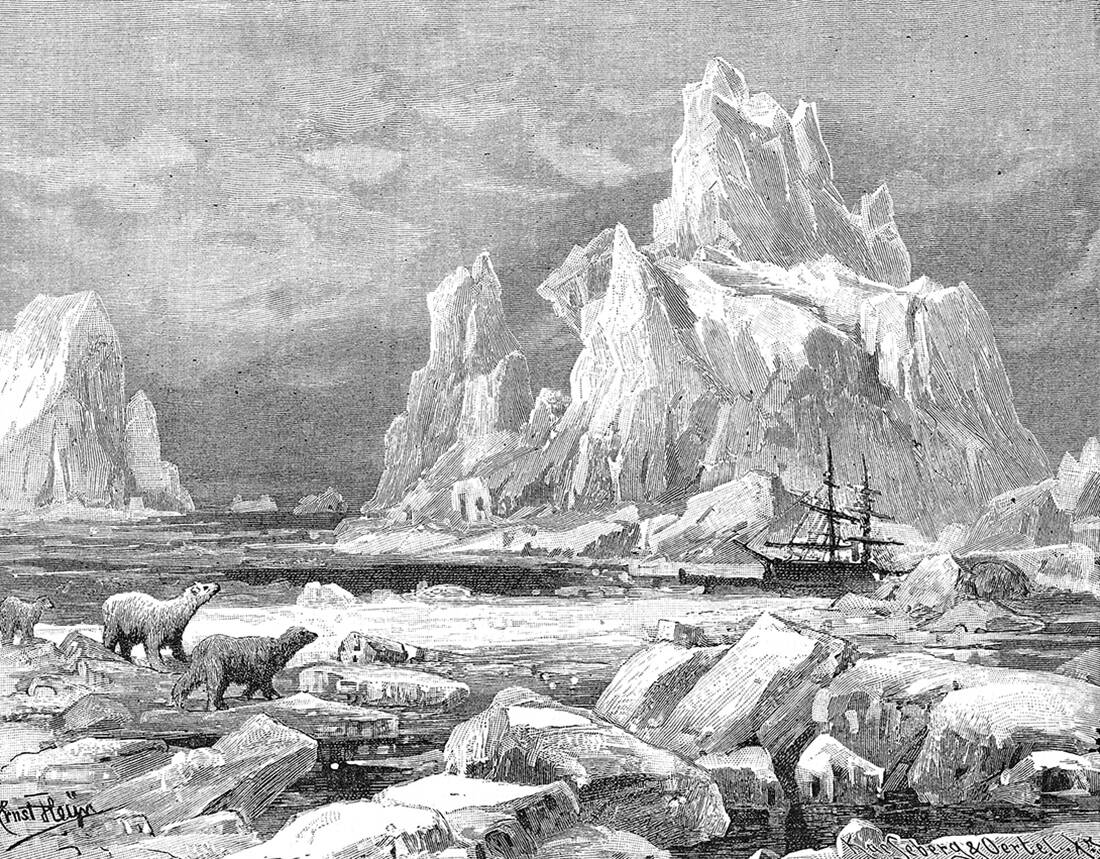
It would be a real scientific triumph if the basic trinity did not die.
The Dane Ludvig Mylius-Erichsen was an ethnologist and one of the main explorers of Greenland. Niels Peter Høeg Hagen, also a Dane, was an army officer, cartographer and Arctic explorer.
Jørgen Brønlund was the only local from Greenland. He was a member of the Inuit community, an educator and Catholic missionary. And he had already taken part in an exploratory mission from Denmark in Greenland at the turn of the century.
He was in charge of leading the dogs and keeping a mission diary. The story would have another role in store for him: he was the last of the team to die.

The team found it difficult to see that the maps made by the famous American explorer Robert Peary were "radically wrong", as Brønlund notes in his diary.
The three men covered the area of 6.500 kilometers in unexplored lands with sleds, far exceeding the distances traveled by all previous explorers.
Hagen died in November 1907 from starvation, starvation and cold. A few days later, Mylius-Erichsen followed him.
The last to die was Brønlund, again that November. His frozen body, next to his diary, as well as Hagen's exact maps, were found the following spring in a cave.
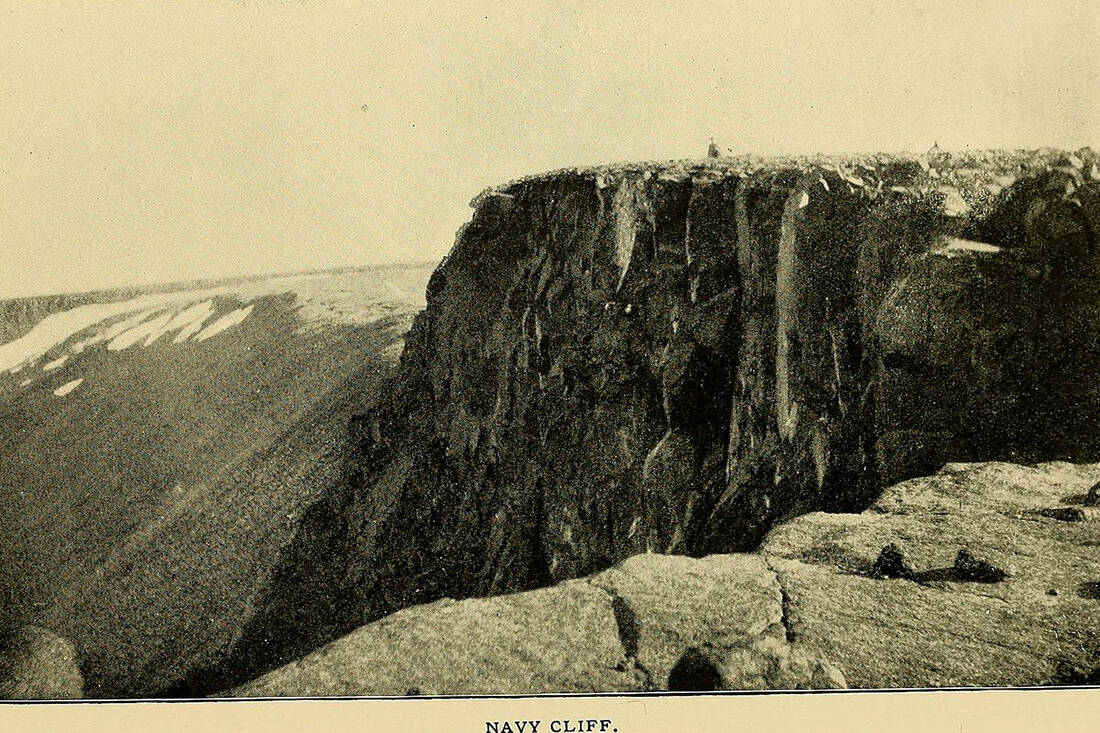
A 1912 mission also accidentally found some notes by Mylius-Erichsen, which thus reached Copenhagen.
Brønlund's body was the only one ever found. The cave in the fjord was in fact quite close to the exploration base in mainland Greenland. Knowing that he was going through his last moments, Brønlund immortalized his thoughts in the diary, leaving inside a mysterious amorphous mass.
The diary has since been kept in the Royal Library in Copenhagen. Article in the following year (1908) "Scottish Geographical Magazine" brings us the latest entry of the explorer:
"I got to this place under a waning moon and I can not continue, because of the frostbite on my feet and the darkness. The corpses of others are in the middle of the fjord. "Hagen died on November 15 and Mylius-Erichsen about 10 days later." But there was always this amorphous mass…

After a century and a half, we finally learned what it was the black spot he managed to insert in the pages of his diary the tragic explorer. And it was something macabre, a black mark of the tragic moments he was going through.
A team of researchers decided to solve the mystery and made an extensive analysis of the "black smudge", as it was called in the relevant literature. The amorphous mass therefore contained "burnt rubber, oils and human feces".
It was a desperate and unsuccessful attempt to light the portable burner he had (oil or kerosene) that would at least save him from the cold. This is the conclusion of the study published in the review "Archeometry", throwing light into the darkness.
The researchers even note that the amorphous mass "was fraudulently removed by an unknown researcher for analysis in 1993, without prior permission." These and many more are observed in his study by Dr. Kaare Lund Rasmussen, Professor in the Department of Physics and Chemistry, University of Southern Denmark.
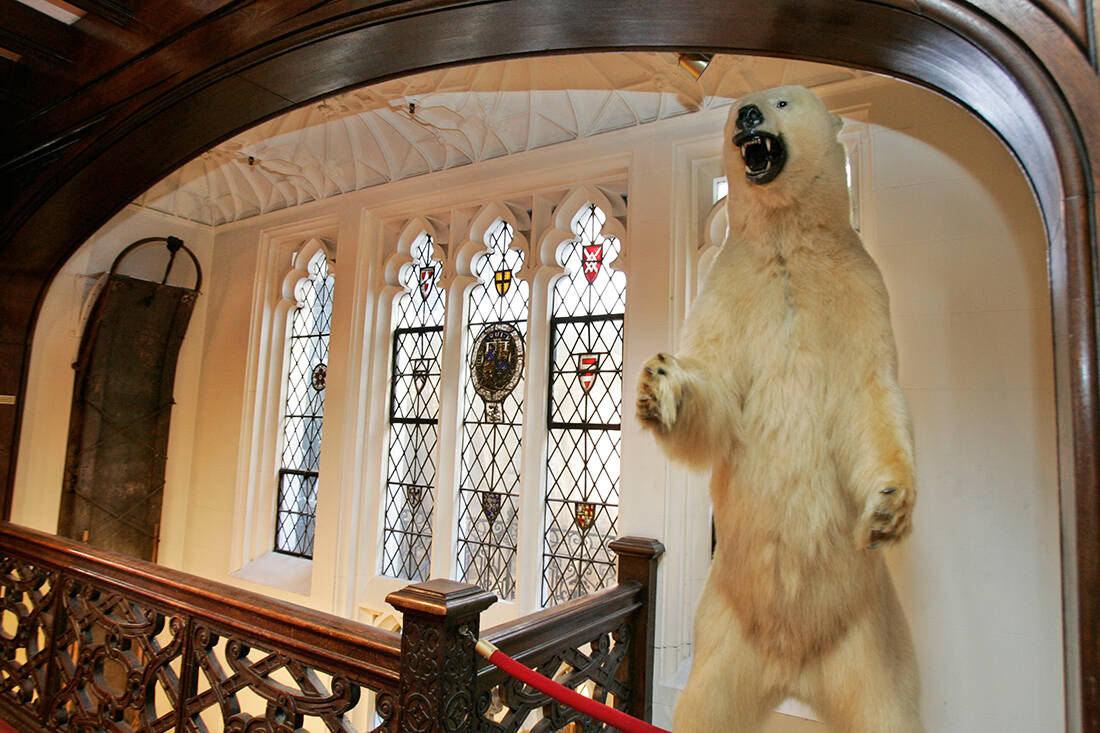
He even said that older chemical analyzes failed to determine the composition of black spot. Even scientists at the National Museum of Natural History in Denmark did not succeed.
Rasmussen and his team employed modern methods of analysis, such as the X-ray fluorescence (XRF) technique and special spectroscopic methods (such as mass spectrometry and atomic emission spectrometry). Unheard of things in 1993.
Brønlund was so desperate that he first collected and then tried to set fire to his own feces.
The presence of feces indicates, according to the researchers, an unequal and desperate battle with the fatal: "he tried to burn his own feces to make the heater turn on".

Brønlund had not just passed a few days without meal"He has been starving for weeks. "He was tired beyond his means and frozen."
Under such conditions and having obviously tried what is humanly possible to warm up, he decided to try even that. The mysterious smudge "speaks of the terrible conditions and miserable situations in its last sad days"…

According to the Royal Library of Copenhagen, which houses the 172-page diary, Brønlund's body was buried in the frozen cave where he died.
The mysterious black spot had enchanted many in the course of more than 100 years. Some were even so impressed that they decided to steal it from her library to study it.
According to study leader Kaare Lund Rasmussen, the unknown researcher took her immediately to the National Museum of Natural History in Denmark in 1993.
"There was no commercial or other gain for this man. "Today we do not analyze samples without written authorization, but things were completely different then", the academic observes.
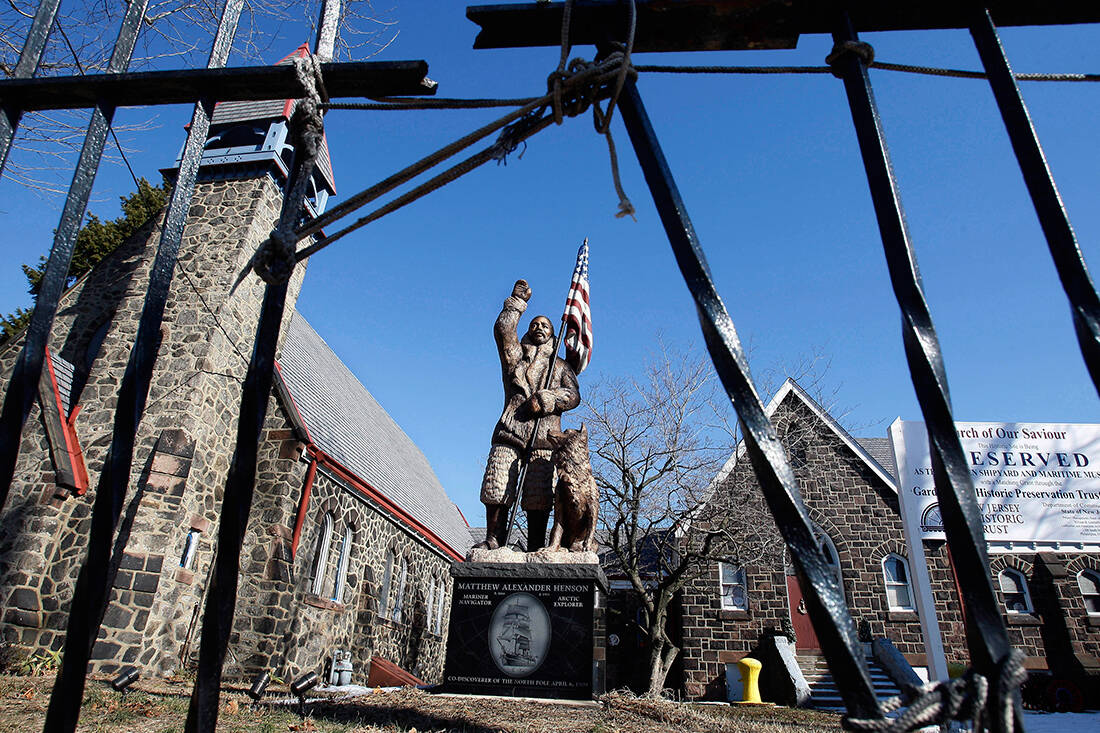
Η technology of 1993 did not bear fruit. They could not find the chemical composition either. They simply found that the amorphous mass contained residues of calcium, titanium and zinc, elements that were not present in the rocks encountered by the mission.
Modern research has determined that these were calcite, rutile and zinc, minerals that indicate the presence of rubber.
The research team has now identified organic compounds, such as lipids (possibly from animal fat or fish or whale oil), oil and human impurities. It took modern science to tell us what it did shortly before the explorer died.
A mystery of more than a century has finally been solved, revealing a story of untold horror.
